Atlantic and Gulf Coastal Plain Climate Variability
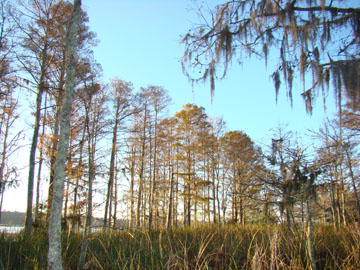
In the U.S. Atlantic and Gulf Coastal Plain, most pollen and plant macrofossils records have focused on large-scale patterns of the last deglaciation (~20 ka - 11.5 ka) and the Holocene (11.5 ka to present). Although the broad changes tied to loss of the Laurentide Ice Sheet and mid-Holocene insolation changes have been well documented, few records have sufficient temporal resolution to document terrestrial response to decadal, multi-decadal, and centennial scale patterns of climate variability. more
|
Arctic Paleoclimatology and Sea Ice History

During the past few decades, Arctic temperatures have increased while annual and seasonal Arctic Ocean sea ice cover has decreased leading to greater coastal erosion, changes in marine ecosystems, habitats and productivity, and greater export of freshwater among other trends. Of particular concern is the decrease in Arctic sea ice extent and thickness, which has outpaced the rates predicted by climate models. more
|
East Coast Sea Level
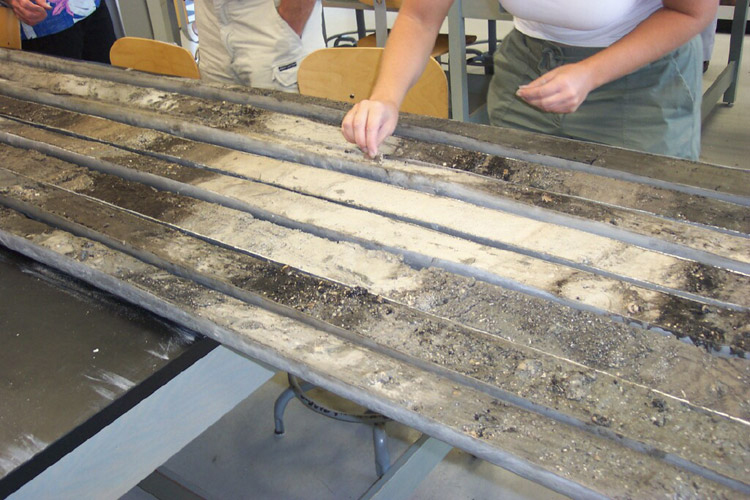
Sea-level rise and associated storm surges are major threats to low-lying areas of U.S. coastal zones, including much of the east coast. In order to fully understand how high and how fast sea level will rise and what the impacts will be, it is necessary to examine paleo-sea level records preserved in ancient marine shorelines (barrier islands, scarps) and sediments deposited along the eastern U.S.more
|
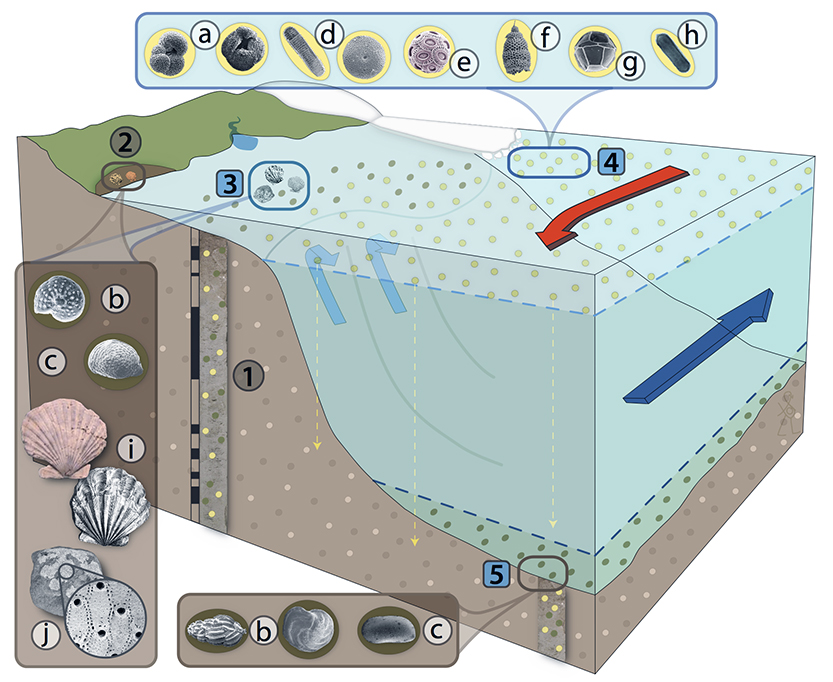
PRISM4 is a collaborative data analysis and climate modeling effort that continues to evolve into a research product ever more directly relevant to USGS and DOI goals and to the U.S. taxpayer's daily lives. Improved PRISM datasets, comprising the most comprehensive global reconstruction for any warm period prior to the recent past, are in constant demand by national and international global climate modelers. more
|
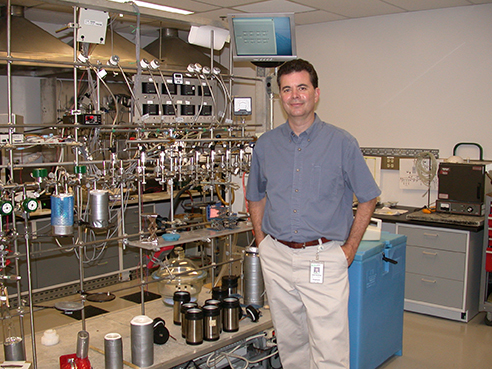
The USGS Radiocarbon Dating laboratory, located in Reston, Virginia, is part of the Eastern Geology and Paleoclimate Science Center. The objective of this lab is to provide prompt, accurate and precise radiocarbon (14C) accelerator mass spectrometry (AMS) analyses on a wide variety of geologic materials in support of Climate and Landscape Change research. Support is also provided to other USGS mission areas as resources permit. more
|
Landscape Response to Quaternary Climate Change
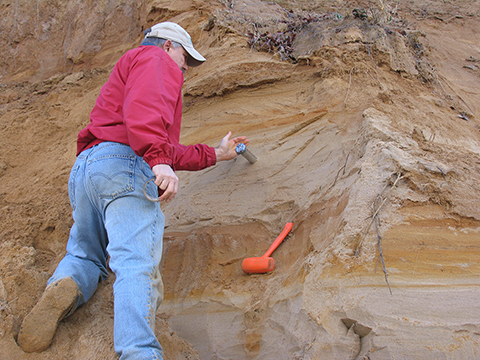
This study focuses on the relationship of climate and climate shifts to responses in the physical and biological (vegetative) landscape across the U.S. Mid-Atlantic region, at both short (decadal) and long (millennial) time-scales during the past 150,000 years of geologic time. Geological and paleobiological evidence indicate that past climate in this region shifted strongly and frequently over this time interval…more
|
Eastern Coastal Plain Studies
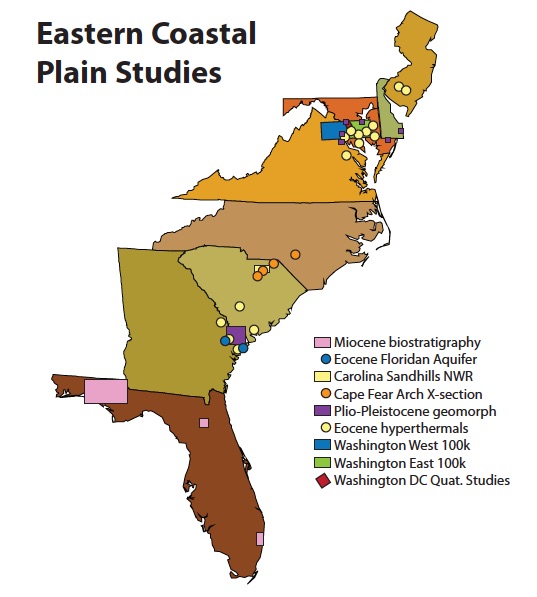
Eastern Coastal Plain Studies is an integrated project reflecting the goals of the National Cooperative Geologic Mapping and Climate and Land Use Change Programs as well as the project members' considerable cross-disciplinary expertises. The overall objective of this project is to describe and understand the processes that formed the Eastern Coastal Plain, focusing on the geologic and hydrologic framework, landscape evolution, and paleoclimate and paleoecology of targeted areas. more
|